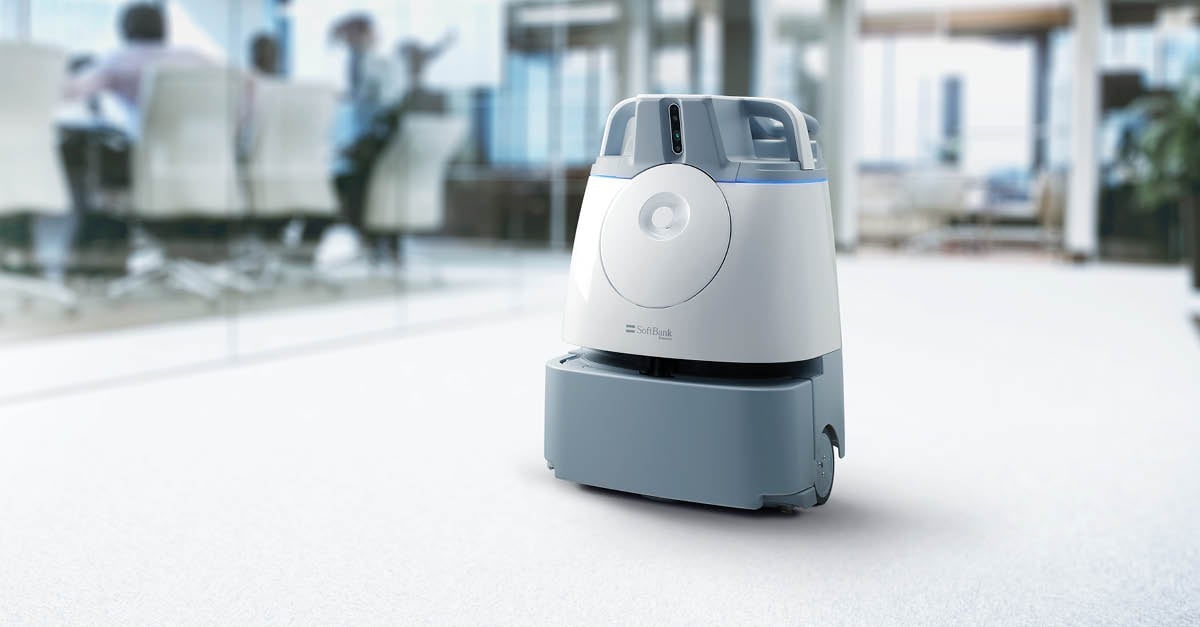Working on Wall Street has become synonymous with fierce competition and extreme hours, especially for entry-level employees. At many major banks, junior employees have classically “lived” at work, with some employees clocking in an 8 am - 3 am workday.
A recent internal survey of one major bank revealed that first-year employees averaged 95 hours of work each week and averaged just 5 hours of sleep each night. Survey respondents also noted the negative impact of this grueling schedule on their physical and mental well-being, indicating high burnout and relationship deterioration rates.
Now, with the world’s spotlight on employee health and well-being post-pandemic, major banks have been forced to reckon with employees’ need for a better work-life balance--while also managing the optics of bringing employees back to the physical office despite growing demand for more flexible remote and hybrid work options. For example, Goldman Sachs has reaffirmed the value of an in-office workforce, while CitiBank has maintained a hybrid philosophy to date. Down the street, JP Morgan also recently recalled its employees back to the office, bucking the remote work trend alongside its peers.
Committing to Employee Health
As they call their employees back to their office towers, big bank executives have pledged to take better care of employee health. For example, in response to the survey described above, Goldman Sachs management indicated that they are “listening to [employees’] concerns and taking multiple steps to address them” (BBC).
But it’s going to take more than a verbal commitment to health and wellness to convince Wall Street employees. A clear visualization is needed to represent the actions and investments--both visible and invisible--that are being taken to protect employee health and safety. Employee health must be kept top of mind, especially in a work culture where health and well-being have historically been lower in priority compared to work output and hours logged.
Cleaning robots and automation are helping big banks create a safer, healthier work environment while becoming a powerful visual reminder of the organization’s commitment to employee health. These friendly machines are helping big banks safely reopen their doors to in-person work and rebuild trust with their employees. Here’s how:
1. Consistent and Thorough Cleaning for Large Office Spaces
An immediate concern with returning to the office post-pandemic is cleanliness. COVID-19 revealed many ways that the traditional office--with its many shared surfaces and poor ventilation--can quickly become a breeding ground for infectious diseases. To help employees feel confident and safe coming to work, big banks need to reimagine the workplace and ramp up cleaning protocols in their office towers to reduce the risk of illness.
Cleaning robots are an efficient, cost-effective way to thoroughly and consistently clean office towers with expansive square footage. Cleaning robots can thoroughly clean spaces any time of the day or night--removing dust, allergens, pathogens, and other debris from high traffic areas. The value of this automation is compounded because it also enables your human cleaning staff to focus on high-value activities like sanitizing and deep cleaning--making it possible to bring “clean” to new heights without overburdening staff. A robotic vacuum cleaner with a HEPA filter like Whiz from SoftBank Robotics can also improve indoor air quality and reduce the risk of Sick Building Syndrome (SBS) by removing 99.97 percent of airborne particles.
2. Connected Devices that Drive Cleaner, Safer Workplaces
Beyond cleaning, every robot is a connected device that is constantly collecting data about what's happening around it--and the robot can also share that data with people or other connected devices in near real-time to enable immediate actions that protect employee health and safety.
For example, data from robots and other smart devices throughout your office tower can be used to monitor the supply and demand of stocked facilities items and to determine whether and when each space needs cleaning again. In addition to enabling real-time health and safety decisions, data from connected cleaning robots also provides traceable proof of clean, including accurate information about when and how every space in the office has been cleaned. 
3. A Visual Representation of Health & Safety Actions
Most importantly, robots are the visual representation big banks need to demonstrate to their employees that they’re serious about employee health and safety. A robot is a clear and present visualization of your organization’s investments in the health and safety of your building occupants.
For example, robots are impossible to miss as they work to keep spaces clean and engage with people throughout the day. These “friendly” machines are approachable and spark the natural curiosity in humans. Employees ask about these robots, give names to the robots around them, and are relieved to know that the robots are actively making the office healthier and safer.
Furthermore, robotics demonstrate an investment in innovation, positioning your organization as forward-thinking and poised for the future.
Conclusion
Implementing robots can help you reimagine the modern workplace. But adding robots to your employees’ every day isn’t just a physical change; it’s an emotional one. As our commercial robot vacuum Whiz works throughout the day, its presence is a visible confirmation of your investment in health and safety.
Whiz is already operating in Manhattan office towers that are leading the return to the office. Clients see benefits in Whiz's visibility among employees, performance with significant particle pickup, and flexibility in reimagining workplace operations.






